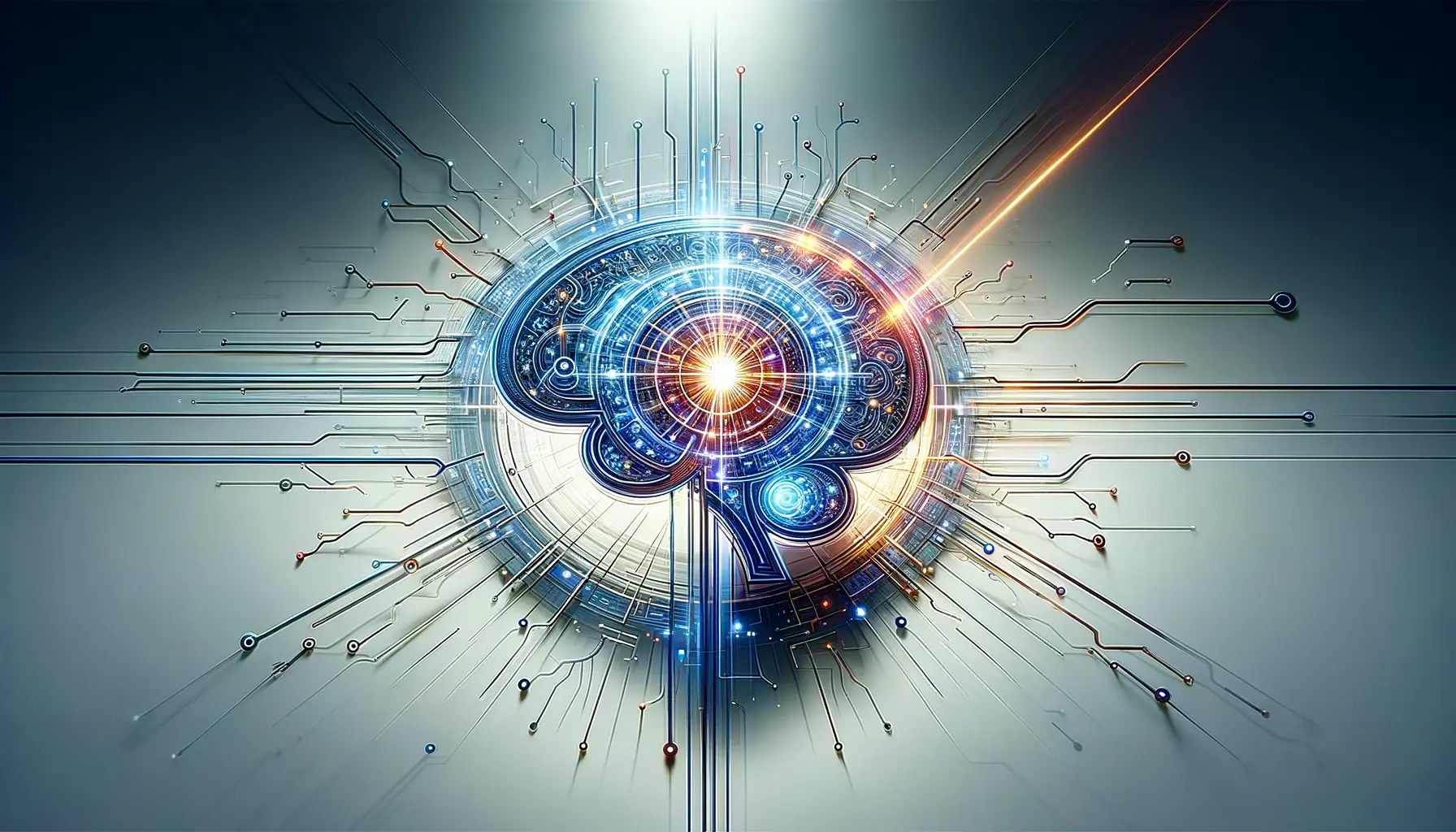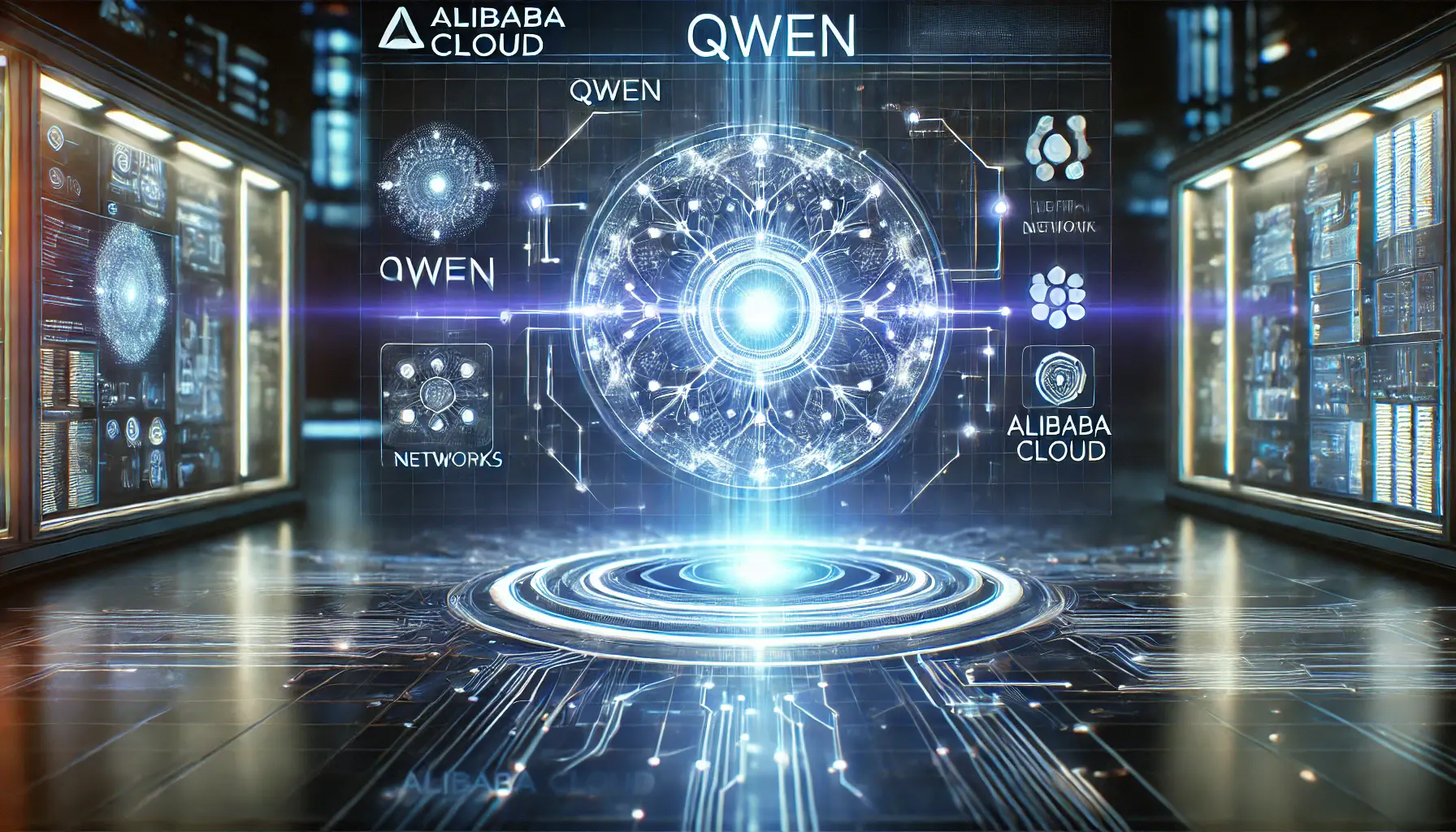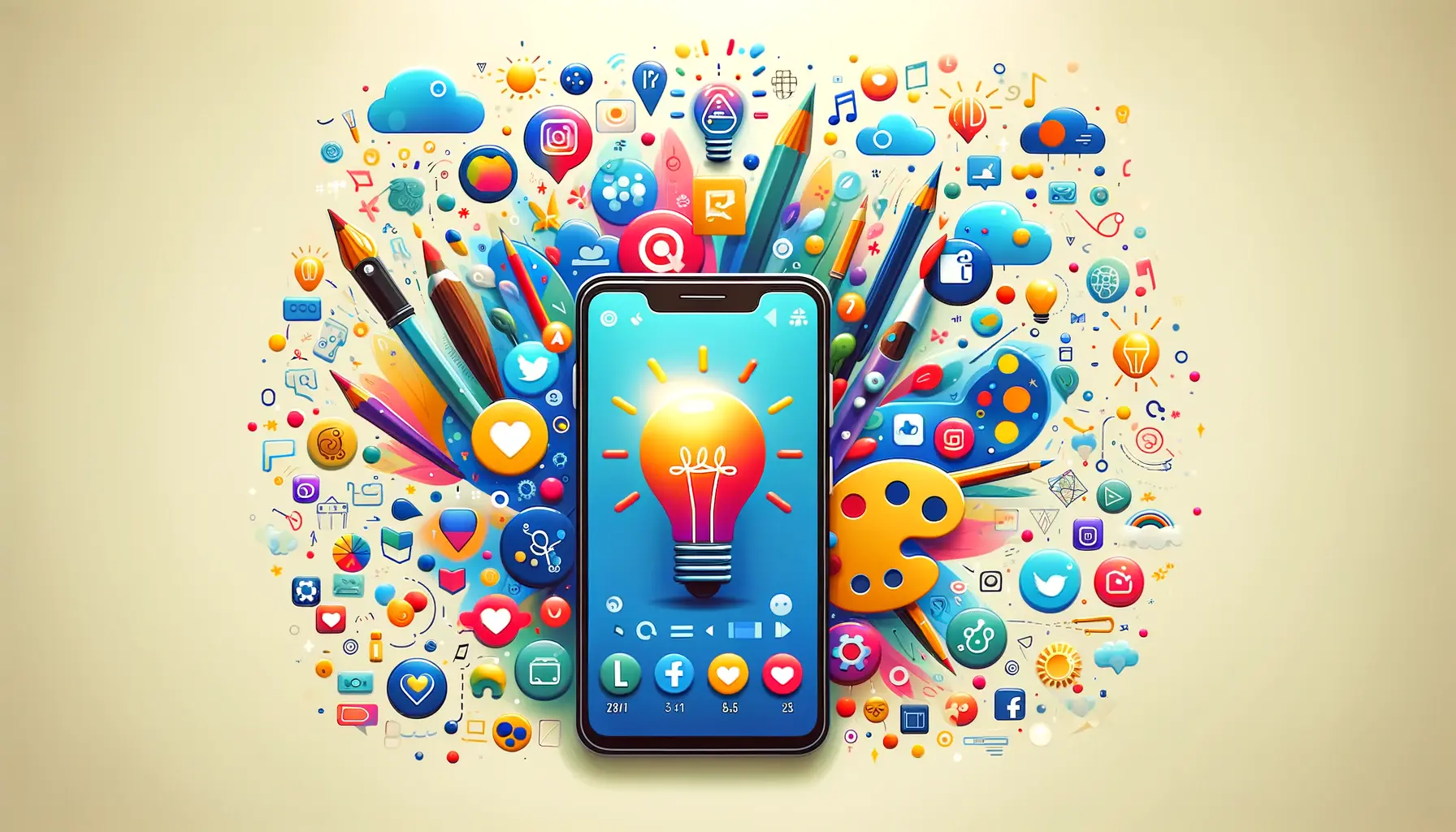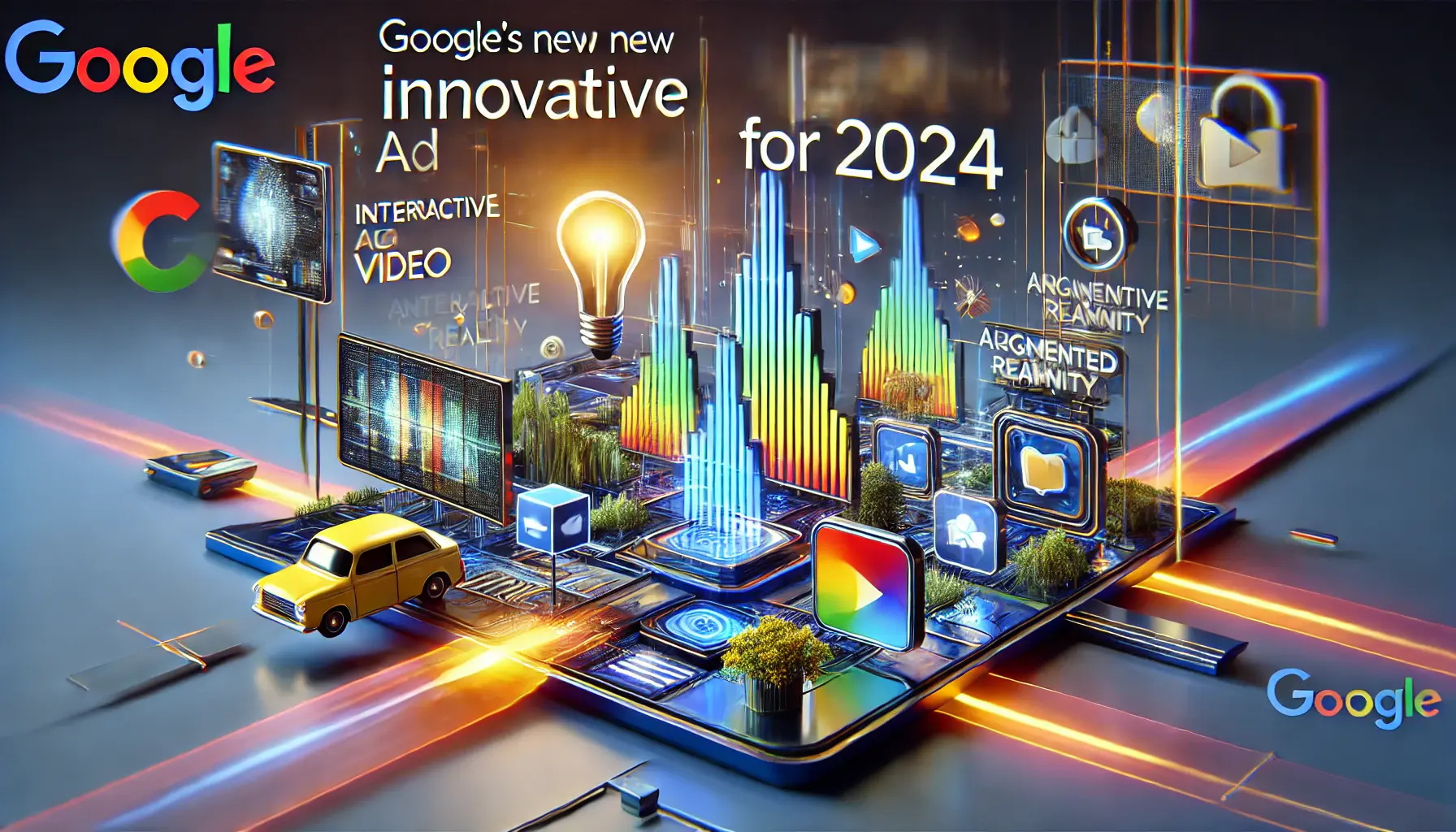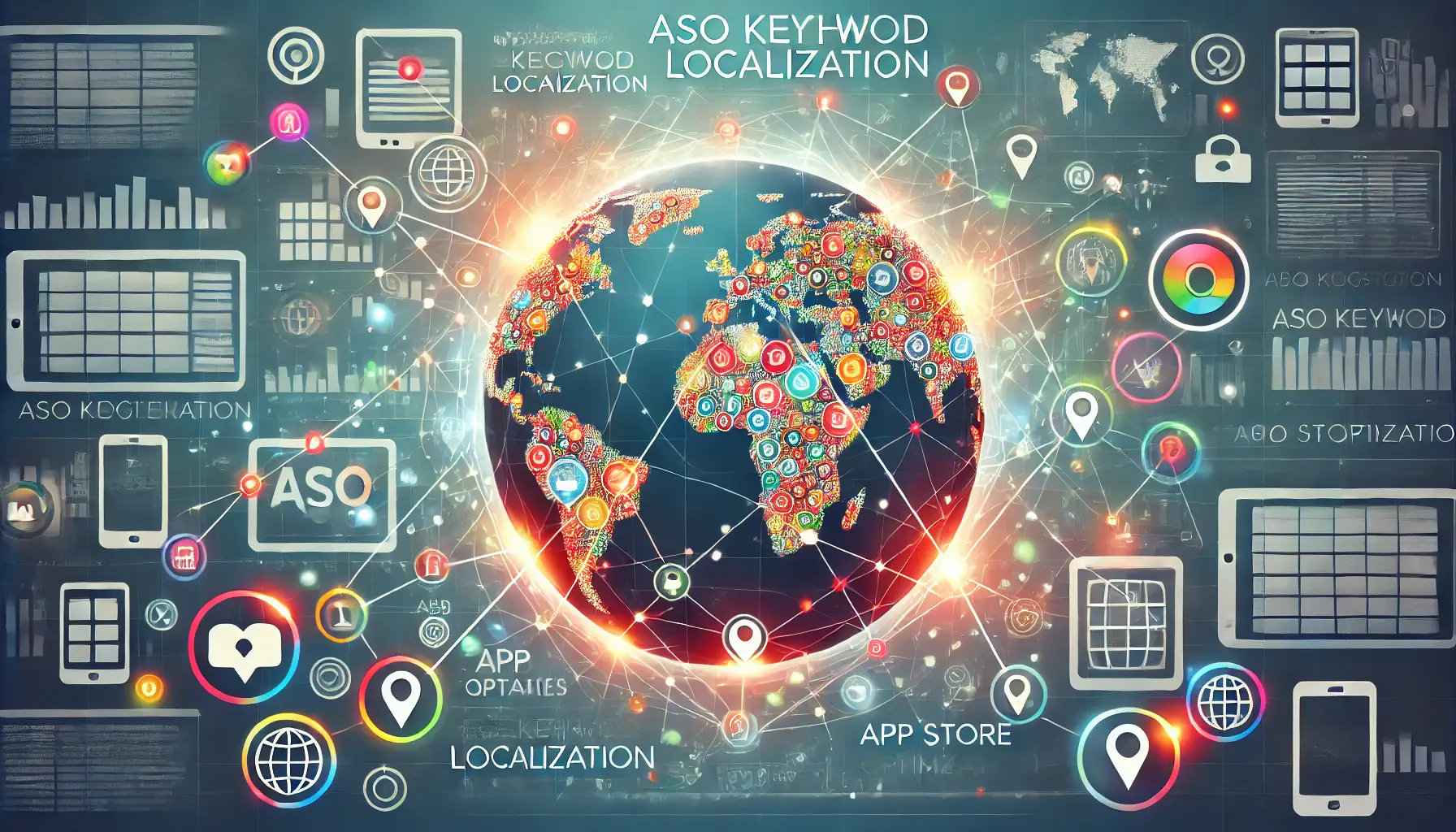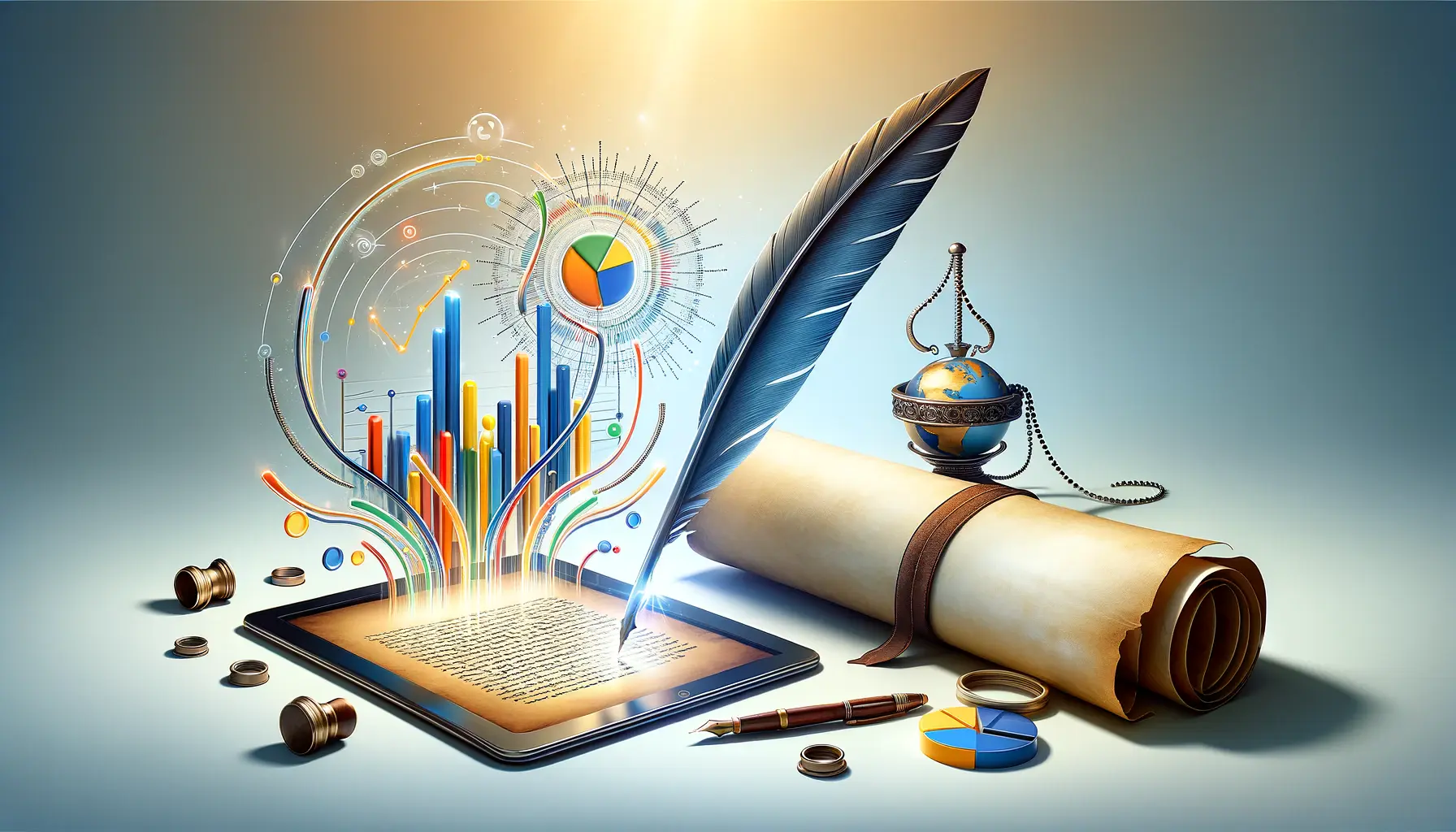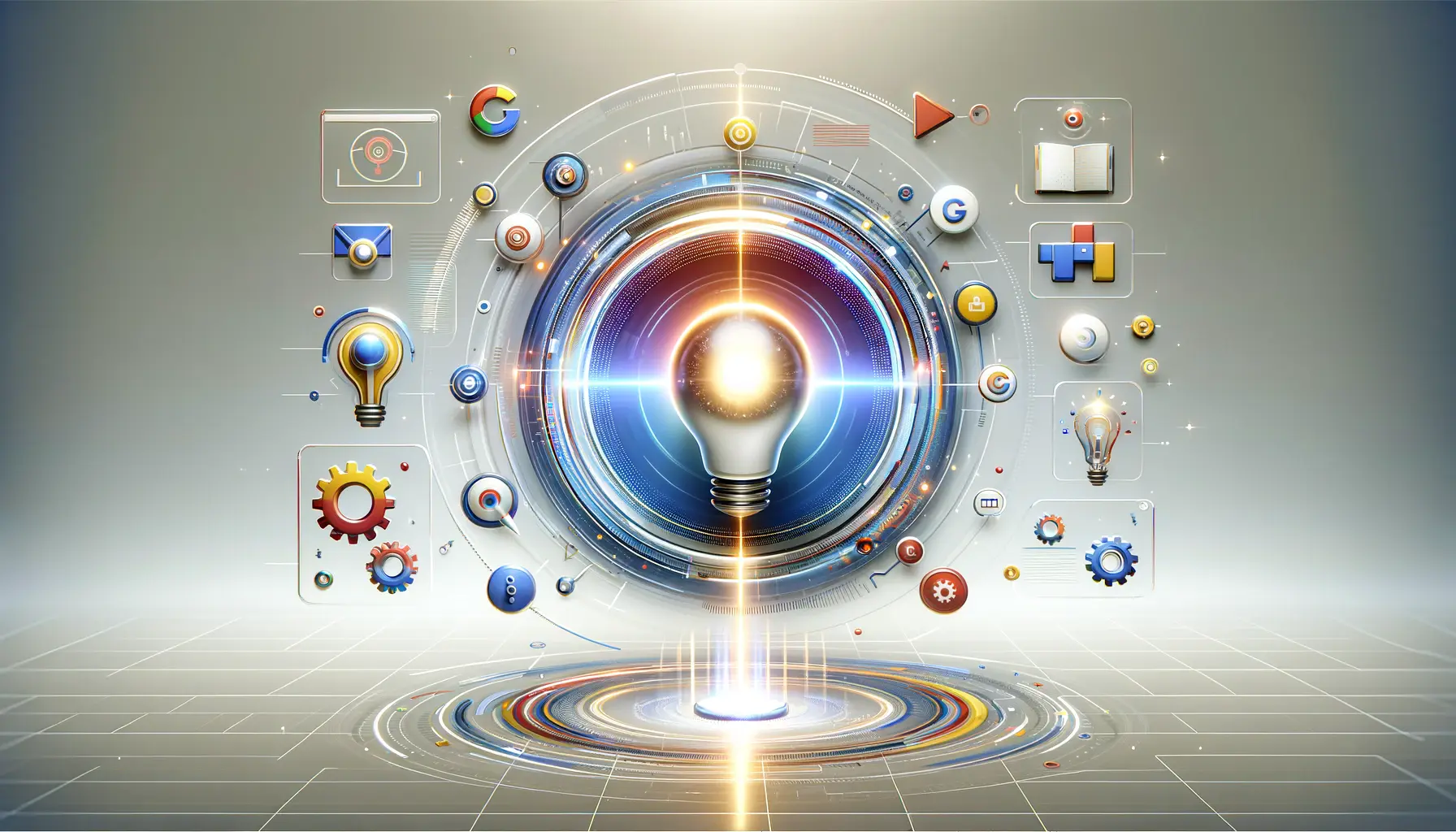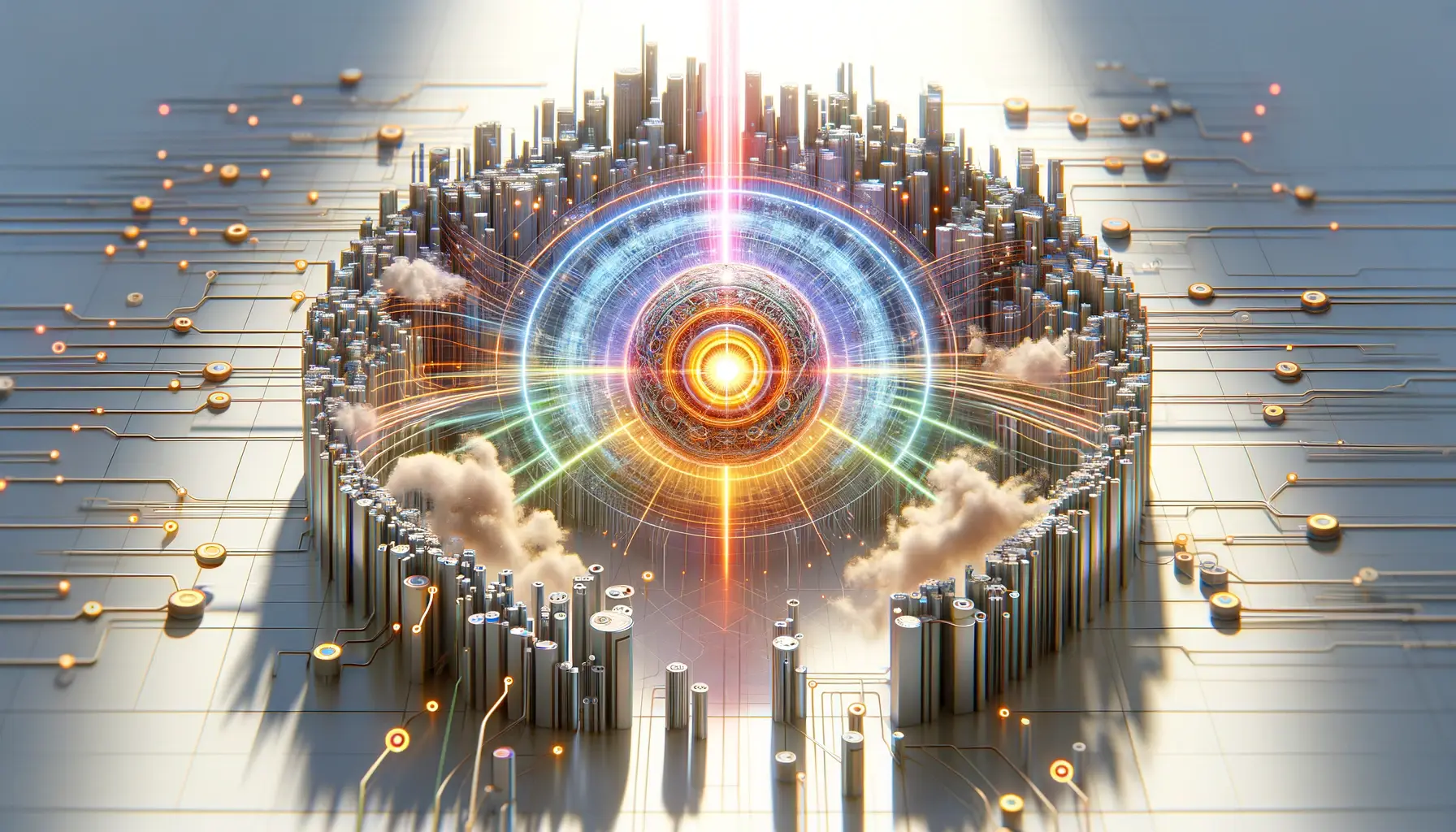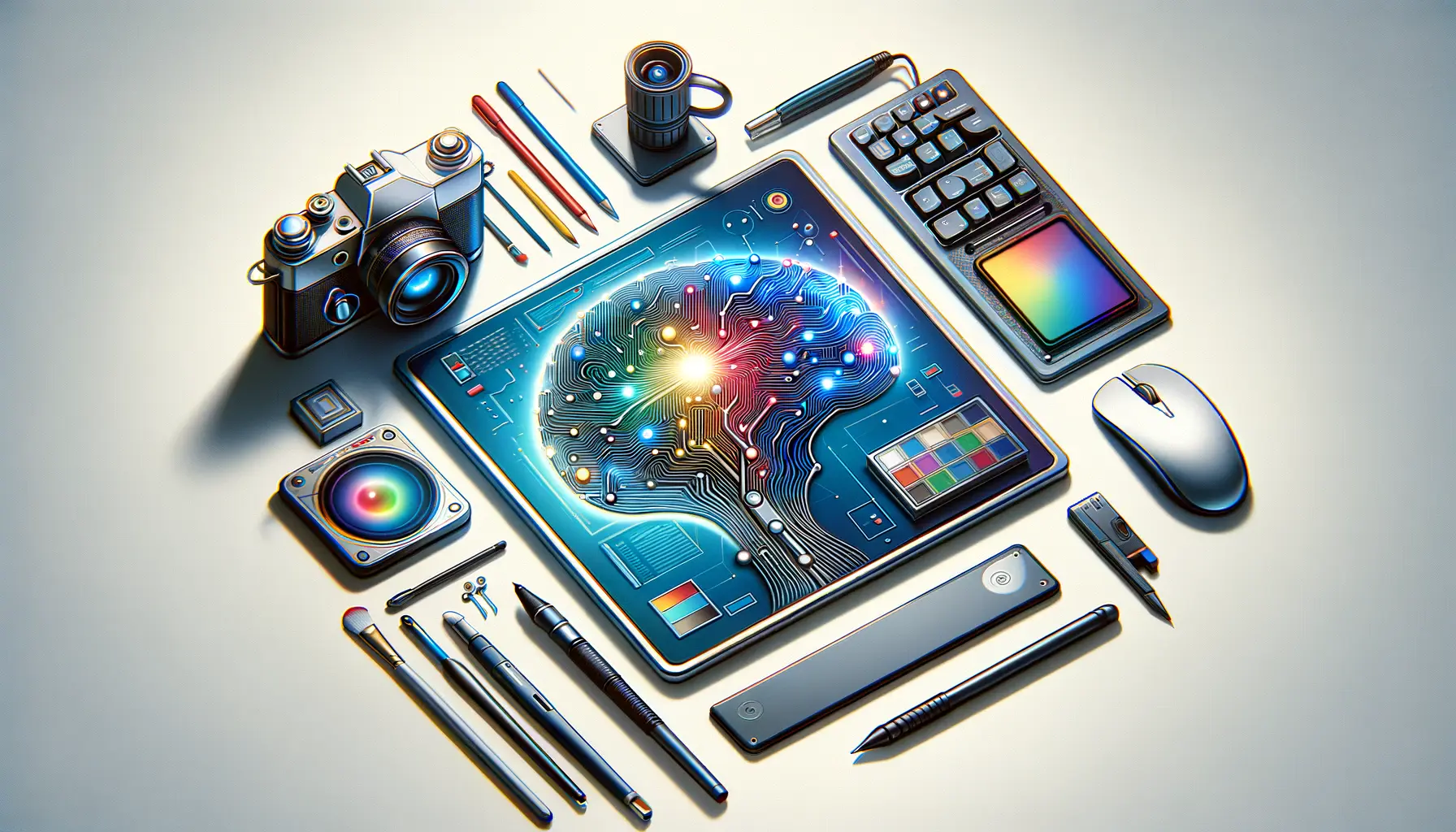The digital landscape is continuously evolving, with visual content taking the forefront in engaging and captivating audiences across various platforms.
In this era where visuals speak louder than words, Google’s Bard emerges as a groundbreaking tool, redefining how we create, enhance, and interact with visual content.
This innovative approach not only simplifies the process of generating visually appealing content but also integrates AI-driven insights to elevate the overall impact of visual narratives.
Google’s Bard, with its advanced capabilities, is set to transform the visual content landscape by offering creators, marketers, and businesses a new way to harness the power of AI.
The tool’s ability to understand and generate visual content based on textual prompts marks a significant leap towards more dynamic and interactive digital experiences.
As we delve into the capabilities and applications of Google’s Bard, it becomes clear that this technology is not just an enhancement of existing tools but a complete overhaul of the visual content creation paradigm.
- Introduction to Google’s Bard and Visual Content Creation
- Key Features of Google’s Bard in Visual Content Enhancement
- Enhancing User Engagement Through Visuals
- Streamlining Content Creation Workflows
- Optimizing Visual Content for SEO
- Measuring the Impact of Visual Content
- Future Trends in Visual Content Creation
- Embracing the Future of Visual Content with Google’s Bard
- FAQs on Enhancing Visual Content with Google’s Bard
Introduction to Google’s Bard and Visual Content Creation
The advent of Google’s Bard represents a pivotal moment in the realm of digital content creation.
This AI-driven platform is designed to understand, interpret, and generate visual content that resonates with audiences on a deeper level.
By leveraging the power of machine learning and natural language processing, Bard brings a new dimension to visual storytelling, enabling creators to produce content that is not only visually appealing but also contextually relevant.
At the heart of Bard’s functionality is its ability to process textual prompts and translate them into compelling visual narratives.
This feature opens up endless possibilities for enhancing visual content across various mediums, from social media posts to marketing campaigns.
The integration of Bard into the visual content creation process signifies a shift towards more intuitive, efficient, and personalized content production, setting a new standard for creativity and engagement in the digital age.
Revolutionizing Content with AI
The impact of Google’s Bard on visual content creation is profound, offering a seamless blend of creativity and technology.
By automating the generation of visual content, Bard not only streamlines the creative process but also empowers creators with AI-driven insights and suggestions.
This synergy between human creativity and artificial intelligence paves the way for more innovative and impactful visual content, tailored to the preferences and interests of the target audience.
Moreover, Bard’s capabilities extend beyond mere content generation.
It also offers tools for enhancing existing visual materials, such as optimizing images for better engagement, suggesting layout improvements, and generating creative captions.
These features not only save time and resources but also enhance the overall quality and effectiveness of visual content, making it more engaging and shareable.
Google’s Bard is revolutionizing the way we create and interact with visual content, offering a blend of AI-driven efficiency and human creativity.
Key Features of Google’s Bard in Visual Content Enhancement
Google’s Bard is equipped with a suite of features designed to revolutionize the way visual content is created, enhanced, and shared.
These features leverage the latest advancements in AI and machine learning, offering users unprecedented control over the creative process.
Here, we delve into the key features that make Google’s Bard a game-changer in the realm of visual content.
Intuitive Image Generation
One of the standout features of Google’s Bard is its intuitive image generation capability.
Users can input textual prompts, and Bard will generate high-quality, relevant images that match the description.
This feature is particularly beneficial for content creators who require custom visuals but lack the resources or skills to create them from scratch.
Moreover, the AI’s understanding of context and nuance allows for the creation of images that are not only visually appealing but also deeply connected to the content’s message.
This synergy between text and image enhances the overall storytelling impact, making content more engaging and memorable.
Content Optimization Suggestions
Bard also offers powerful content optimization tools, which analyze visual content and provide suggestions for improvement.
These suggestions may include:
- Adjustments to composition and layout for better visual impact.
- Color scheme modifications to evoke specific emotions or responses.
- Text overlay recommendations for improved readability and engagement.
These AI-driven insights help creators refine their content, ensuring it is optimized for audience engagement and platform-specific requirements.
Dynamic Content Personalization
Understanding the importance of personalization in today’s digital landscape, Bard incorporates features that allow for dynamic content customization.
This means that visual content can be tailored to suit the preferences, interests, and behaviors of different audience segments, significantly increasing its relevance and appeal.
Personalization extends to various aspects of visual content, including themes, styles, and messaging, making each piece of content uniquely resonant with its intended audience.
This level of customization is key to standing out in a crowded digital space and fostering deeper connections with viewers.
Incorporating Google’s Bard into your visual content strategy can significantly enhance the creativity, relevance, and impact of your digital narratives.
Enhancing User Engagement Through Visuals
In the digital age, user engagement is paramount for the success of any content strategy.
Visuals play a crucial role in capturing attention, conveying messages, and encouraging interaction.
Google’s Bard, with its advanced AI capabilities, offers unique opportunities to enhance user engagement through visually compelling content.
This part explores how Bard can be leveraged to create content that not only attracts but also retains user interest.
Creating Compelling Visual Narratives
At the core of engaging visual content is the ability to tell a story.
Bard’s AI-driven image generation and enhancement tools enable creators to craft visual narratives that resonate with their audience.
By using descriptive prompts, creators can produce images that complement their textual content, adding depth and emotion to their stories.
This integration of visual and textual elements results in a more immersive and engaging user experience.
Furthermore, Bard’s understanding of visual trends and user preferences allows for the creation of content that is not only relevant but also timely.
This relevance is key to capturing user interest in a fast-paced digital environment where trends can change rapidly.
Optimizing Visuals for Maximum Engagement
Engagement goes beyond initial attraction; it also involves keeping the audience interested and involved.
Bard’s content optimization suggestions play a vital role in this aspect by ensuring that visuals are not only appealing but also optimized for engagement.
This includes:
- Adjusting visual elements to suit different platforms and devices, ensuring a seamless viewing experience across all user touchpoints.
- Enhancing image quality and composition to make content more eye-catching and shareable.
- Personalizing visuals to reflect the audience’s interests and preferences, making the content more relatable and engaging.
By focusing on these optimization strategies, creators can significantly increase the likelihood of their content being viewed, shared, and acted upon.
Leveraging Visuals for Interactive Experiences
Interactivity is a powerful tool for boosting user engagement.
Bard’s capabilities extend to the creation of interactive visual content, such as quizzes, polls, and interactive infographics.
These interactive elements encourage users to engage directly with the content, providing a more dynamic and participatory experience.
Interactive visuals not only make content more engaging but also provide valuable insights into user preferences and behaviors.
This feedback loop can inform future content strategies, ensuring that creators continue to produce content that resonates with their audience.
Utilizing Google’s Bard to enhance visual content can significantly boost user engagement, making your digital presence more vibrant and interactive.
Streamlining Content Creation Workflows
The integration of Google’s Bard into the content creation process offers a significant advantage in terms of efficiency and productivity.
By automating and enhancing various aspects of visual content creation, Bard streamlines workflows, allowing creators and marketers to focus on strategy and creativity rather than the technicalities of content production.
This part explores how Bard can simplify and enhance the content creation process.
Automating Routine Tasks
One of the key benefits of using Google’s Bard is its ability to automate routine content creation tasks.
This includes generating images based on textual prompts, optimizing content for different platforms, and suggesting improvements for visual elements.
Automation not only saves time but also ensures consistency across all content, a crucial factor in brand recognition and user experience.
Furthermore, Bard’s AI-driven suggestions help in identifying opportunities for content enhancement that might not be immediately obvious to human creators.
This leads to a more refined and effective content output, enhancing the overall quality of the digital presence.
Facilitating Collaborative Content Creation
Bard’s collaborative features significantly enhance the content creation process, especially for teams.
By providing a centralized platform for content generation and optimization, Bard facilitates seamless collaboration among team members, regardless of their location.
This collaborative approach ensures that all stakeholders can contribute to and review content, leading to more diverse and innovative outcomes.
Additionally, Bard’s ability to generate and modify content in real-time allows for rapid prototyping and iteration, enabling teams to quickly refine their ideas and produce high-quality content at a faster pace.
Enhancing Creative Possibilities
Perhaps the most exciting aspect of Bard’s impact on content creation workflows is the expansion of creative possibilities.
With Bard’s advanced AI capabilities, creators are no longer limited by their technical skills or resources.
They can explore new ideas and concepts, safe in the knowledge that Bard can help bring these visions to life.
This liberation from technical constraints opens up a world of creativity, allowing for the production of unique and innovative visual content that stands out in the digital landscape.
Bard’s ability to understand and interpret creative prompts means that the only limit to what can be created is the creator’s imagination.
Google’s Bard is transforming content creation workflows, making them more efficient, collaborative, and creative, thereby enhancing the digital content landscape.
Optimizing Visual Content for SEO
In today’s digital marketing landscape, optimizing visual content for search engines is as crucial as the content itself.
Google’s Bard offers innovative solutions to ensure that visual content is not only engaging and high-quality but also ranks well in search engine results.
This part delves into strategies for leveraging Bard to enhance the SEO performance of visual content.
Understanding SEO for Visual Content
SEO for visual content goes beyond traditional text optimization, encompassing various elements that make images and videos more discoverable by search engines.
Key aspects include:
- Alt text and captions that accurately describe the visual content, aiding search engines in understanding and indexing the images.
- File names that are descriptive and include relevant keywords, contributing to better SEO performance.
- Image optimization for faster loading times, improving user experience and SEO rankings.
Google’s Bard can assist in generating descriptive and keyword-rich alt texts and captions, ensuring that visual content is optimized for both users and search engines.
Integrating Visuals with Content Strategy
To maximize SEO benefits, visual content should be seamlessly integrated with the overall content strategy.
This includes:
- Ensuring visual content is relevant and adds value to the textual content, enhancing the overall user experience.
- Using visual content to break up text, making it more readable and engaging, which can reduce bounce rates and improve SEO performance.
- Incorporating keywords into the visual content creation process, aligning images and text for better search engine visibility.
Bard’s AI capabilities can help identify opportunities for integrating visuals that complement and enhance the textual narrative, making the content more cohesive and SEO-friendly.
Leveraging Bard for Competitive SEO Analysis
Staying ahead in SEO requires understanding not just your own content strategy but also that of your competitors.
Bard can be used to analyze the visual content strategies of competitors, identifying:
- Trends and patterns in the use of visual content within your industry.
- Gaps in your own visual content strategy that can be filled to improve SEO performance.
- Opportunities for creating unique and innovative visual content that can differentiate your brand in search engine results.
This competitive analysis can inform your SEO strategy, allowing you to make data-driven decisions that enhance your visual content’s visibility and effectiveness.
Utilizing Google’s Bard for optimizing visual content can significantly improve its discoverability and performance in search engine results, driving more organic traffic to your site.
Measuring the Impact of Visual Content
In the realm of digital marketing, the ability to measure the impact of your content is crucial for understanding its effectiveness and guiding future strategies.
Visual content, with its unique engagement metrics, requires a tailored approach to measurement.
Google’s Bard, with its advanced analytics capabilities, can play a pivotal role in quantifying the success of visual content strategies.
This section explores methods to effectively measure the impact of visual content, utilizing Bard’s insights.
Key Metrics for Visual Content Performance
To accurately assess the impact of visual content, it’s essential to focus on specific metrics that reflect user engagement and content reach.
These metrics include:
- Engagement Rates: Likes, shares, comments, and views can indicate how compelling your visual content is to your audience.
- Conversion Rates: The number of conversions attributed to visual content, such as product purchases or sign-ups, highlights its effectiveness in driving desired actions.
- Bounce Rates: High bounce rates on pages with visual content may suggest that the content is not resonating with visitors or is not aligned with their expectations.
- SEO Performance: Rankings in search engine results for keywords associated with your visual content can demonstrate its SEO effectiveness.
Google’s Bard can assist in analyzing these metrics, offering insights into how visual content is performing and identifying areas for improvement.
Utilizing Bard for Advanced Analytics
Beyond basic metrics, Bard’s advanced analytics capabilities enable a deeper understanding of visual content performance.
This includes:
- Identifying patterns and trends in user engagement with visual content over time.
- Segmenting audience responses to understand which demographics are most engaged with specific types of visual content.
- Comparing the performance of different visual content formats to determine which are most effective for your goals.
These insights can inform more strategic decisions about content creation and optimization, ensuring that visual content continues to engage and convert audiences effectively.
Adjusting Strategies Based on Insights
The ultimate goal of measuring visual content impact is to refine and adjust strategies for better results.
Insights gained from Bard’s analytics can guide strategic adjustments, such as:
- Revising content themes and formats based on audience preferences.
- Optimizing posting times and platforms for maximum engagement.
- Enhancing visual quality and relevance to improve SEO rankings and user experience.
By continuously monitoring and adjusting strategies based on data-driven insights, marketers can ensure that their visual content remains effective and aligned with audience needs and preferences.
Leveraging Google’s Bard for measuring and analyzing the impact of visual content provides a comprehensive understanding of its effectiveness, enabling continuous improvement and strategic refinement.
Future Trends in Visual Content Creation
The landscape of visual content creation is ever-evolving, with new technologies and platforms continuously shaping how we conceive and interact with digital media.
Google’s Bard, at the forefront of this evolution, not only reflects current trends but also hints at the future direction of visual content creation.
This section explores emerging trends in the field and how Bard could influence the development of visual content strategies moving forward.
AI-Driven Personalization and Customization
As audiences become increasingly desirous of content that resonates on a personal level, AI-driven personalization and customization will become even more critical.
Google’s Bard is set to play a significant role in this trend, offering capabilities that allow for the creation of highly personalized visual content at scale.
This includes:
- Generating images and visuals that cater to individual user preferences and behaviors.
- Adapting content dynamically based on real-time engagement data.
- Creating varied content for different audience segments without significant increases in time or resources.
This level of personalization not only enhances user engagement but also fosters a deeper connection between brands and their audiences.
Integration of Mixed Realities
The boundaries between digital and physical realities are blurring, with augmented reality (AR) and virtual reality (VR) becoming integral to the visual content landscape.
Bard’s capabilities could extend to supporting the creation of AR and VR content, making it easier for creators to produce immersive experiences that engage users in novel and compelling ways.
This integration of mixed realities into visual content offers new avenues for storytelling, brand engagement, and user interaction, setting the stage for a future where digital experiences are more immersive and interactive than ever before.
Enhanced Interactivity and Engagement
Interactivity will continue to be a key trend in visual content creation, with technologies like Bard enabling more sophisticated interactive elements.
Future developments may include:
- Interactive videos that respond to user input in real-time.
- Dynamic infographics that adjust content based on user preferences or behaviors.
- Engagement tools that personalize the user experience based on past interactions.
These advancements will not only make visual content more engaging but also more effective in achieving marketing objectives, from brand awareness to conversion.
Sustainability and Ethical Considerations
As digital content creation consumes more resources, sustainability and ethical considerations will become increasingly important.
Bard and similar technologies could offer solutions that minimize environmental impact through efficient content generation processes and the promotion of sustainable practices among creators and marketers.
This shift towards more responsible content creation reflects a broader trend in technology and marketing, emphasizing the importance of ethical considerations in the digital age.
Ignoring the evolving trends in visual content creation risks falling behind in an increasingly competitive digital landscape.
Embracing the Future of Visual Content with Google’s Bard
The journey through the capabilities, impacts, and future trends of enhancing visual content with Google’s Bard reveals a landscape ripe with innovation and opportunity.
As we’ve explored, Bard’s integration into the realm of visual content creation is not merely an enhancement but a revolution, offering tools and insights that transform how content is conceived, created, and consumed.
This conclusion aims to weave together the insights gained, highlighting the pivotal role of Bard in shaping the future of digital storytelling.
The Transformative Power of Bard
Google’s Bard has emerged as a beacon of innovation, guiding creators through the complexities of digital content creation with ease and efficiency.
The platform’s ability to automate routine tasks, offer personalized content recommendations, and generate visually compelling narratives has set a new benchmark for what is possible in the digital domain.
The implications of these capabilities extend beyond mere convenience, opening up new avenues for creativity, engagement, and interaction that were previously unattainable.
Key Takeaways for Creators and Marketers
- Automation and AI-driven insights from Bard can significantly reduce the time and effort required to produce high-quality visual content, allowing creators to focus on strategic and creative aspects.
- Personalization and customization capabilities of Bard ensure that content resonates on a deeper level with audiences, enhancing engagement and loyalty.
- The future of visual content creation with Bard hints at even greater integration of AI, AR, and VR technologies, promising more immersive and interactive user experiences.
- Adopting Bard for content creation and optimization not only aligns with current digital trends but also prepares creators and marketers for future shifts in the digital landscape.
As we stand on the brink of this new era in digital content creation, it’s clear that Google’s Bard is not just a tool but a partner in the creative process.
Its capabilities enable a level of engagement and personalization that was once beyond reach, offering a glimpse into a future where visual content is more dynamic, interactive, and impactful than ever before.
Looking Ahead
The evolution of visual content creation, driven by technologies like Google’s Bard, is a testament to the endless possibilities that lie at the intersection of creativity and technology.
As we look to the future, the role of Bard in shaping this landscape is undeniable.
Creators and marketers who embrace Bard’s capabilities will find themselves at the forefront of a revolution, crafting visual narratives that captivate, engage, and inspire.
In conclusion, enhancing visual content with Google’s Bard represents a significant leap forward in our ability to communicate, connect, and convert through digital media.
The insights and capabilities provided by Bard equip us to meet the challenges of an ever-evolving digital landscape, ensuring that our visual content remains not only relevant but revolutionary.
FAQs on Enhancing Visual Content with Google’s Bard
Explore common questions about leveraging Google’s Bard for visual content enhancement.
Google Bard enhances visual content creation by generating images from text prompts and offering content optimization suggestions.
Bard creates compelling visual narratives and optimizes visuals for engagement, significantly boosting user interaction.
Yes, Bard automates routine tasks, streamlines collaboration, and enhances creativity in content production workflows.
Bard helps optimize visual content for SEO by generating keyword-rich alt texts and ensuring images are search engine friendly.
Bard analyzes engagement rates, conversion rates, bounce rates, and SEO performance to measure visual content impact.
Bard leverages AI to offer insights into emerging trends, personalization, and the integration of mixed realities in visual content.
Yes, Bard is versatile, supporting a wide range of visual content types, from images to interactive elements.
Access Bard through its website, sign in with a Google account, and begin creating or enhancing visual content immediately.
